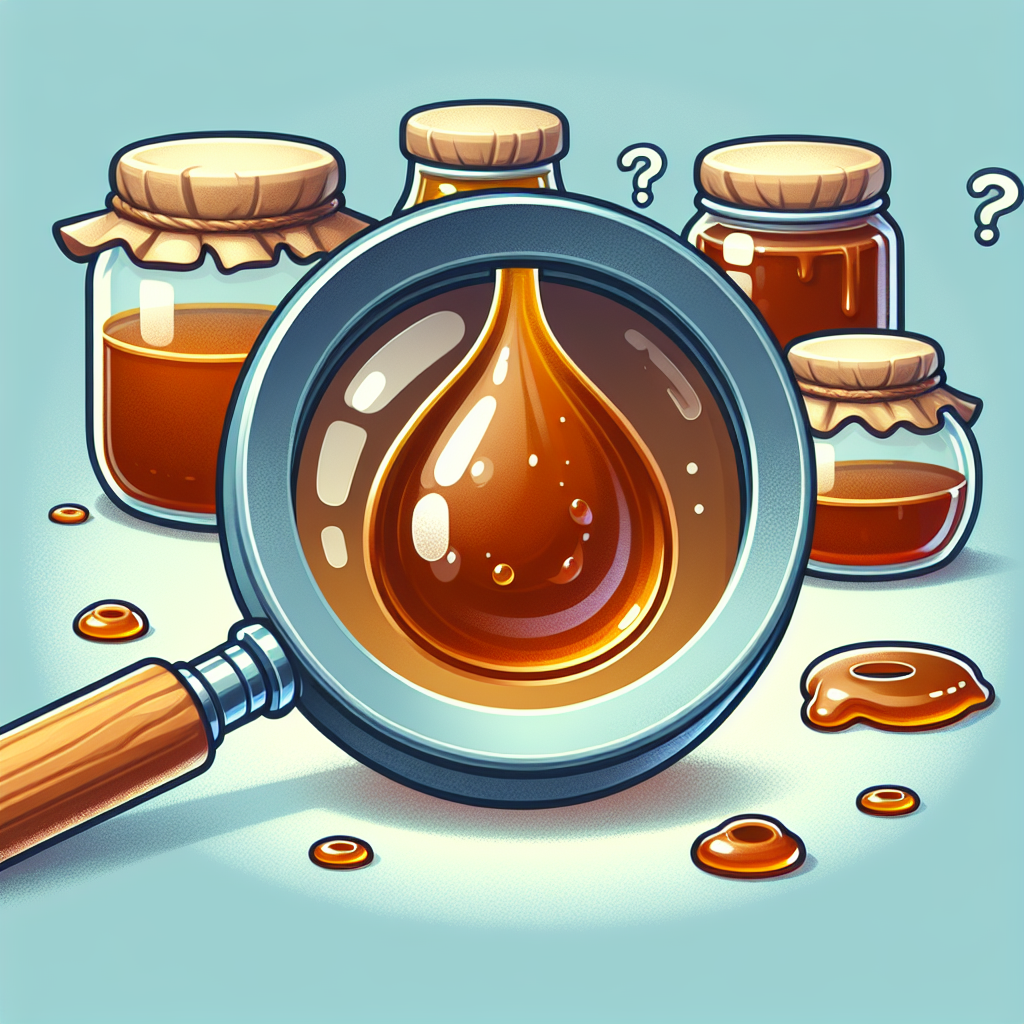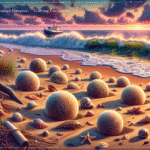Unraveling the Mystery: What Are Those Gooey Substances?
Gooey substances can be found in a variety of contexts, from nature to our kitchens, and they often spark curiosity and intrigue. These viscous materials may appear unassuming at first glance, but their origins and functions can be quite fascinating. In this article, we will explore different types of gooey substances, where they come from, and what makes them so unique.
The Natural World: Nature’s Goo
In nature, gooey substances serve various purposes that are crucial for survival. One of the most common examples is slime produced by certain animals. For instance, slugs and snails secrete mucus to aid in locomotion and protect their bodies from dehydration. This slimy trail not only helps them move across rough surfaces but also deters predators due to its unpleasant texture.
Another intriguing natural goo is sap from trees. When a tree is injured or under stress, it produces sap as a protective mechanism. This sticky substance acts as a barrier against pests and pathogens while providing nutrients essential for healing. Maple syrup enthusiasts know this well; the sweet syrup is derived from the sap of sugar maple trees during springtime.
Culinary Delights: The Kitchen’s Secrets
In culinary contexts, gooey substances play an essential role in both flavor and texture. Take honey as an example; its thick consistency comes from nectar collected by bees which undergoes enzymatic transformation within their hives. Honey’s viscosity allows it to retain moisture in baked goods while adding sweetness.
Similarly, sauces like ketchup or barbecue sauce have a gooey quality that enhances dishes with rich flavors. These condiments often contain thickeners such as cornstarch or pectin—substances derived from plants—that give them their signature textures without compromising taste.
The Science Behind Goo
From a scientific perspective, many gooey substances are classified as colloids—a mixture where tiny particles are dispersed throughout another substance without settling out over time. For instance, gelatin desserts owe their wobbliness to proteins that form bonds when cooled down after being dissolved in hot liquid.
Polymers also contribute significantly to the characteristics of these materials; long chains of molecules provide elasticity and stickiness found in products like adhesives or certain types of slime used for educational purposes.
Everyday Examples: A Closer Look
Beyond natural phenomena and food items, we encounter various synthetic gooey substances daily:
– **Slime**: Popular among children (and adults), DIY slime has become synonymous with fun experiments involving glue and borax.
– **Play-Doh**: This modeling compound combines flour with water-based ingredients creating an easily moldable dough.
– **Adhesives**: Many glues exhibit a viscous quality allowing them to bond surfaces effectively while maintaining flexibility post-drying.
Each type serves specific functions based on its composition—whether for play or practical applications around the house!
Conclusion: Embracing the Goo
Gooey substances might seem trivial at times; however they possess remarkable properties that impact our lives profoundly—from sustaining ecosystems through natural secretions to enhancing culinary experiences with delightful textures! Understanding these materials fosters appreciation not just for science but also for creativity across multiple domains—from art projects using slime creations right down to gourmet cooking techniques utilizing thickened sauces! So next time you encounter something oozy or sticky remember there’s always more than meets the eye beneath its surface!



